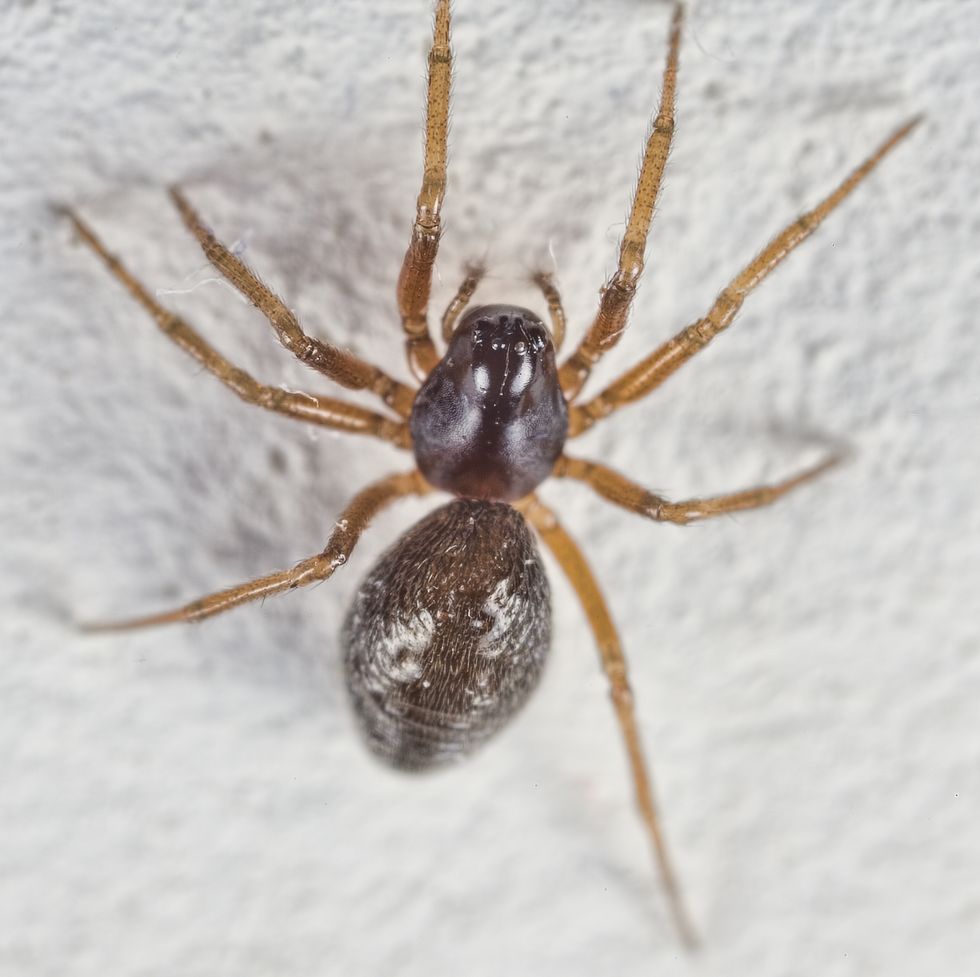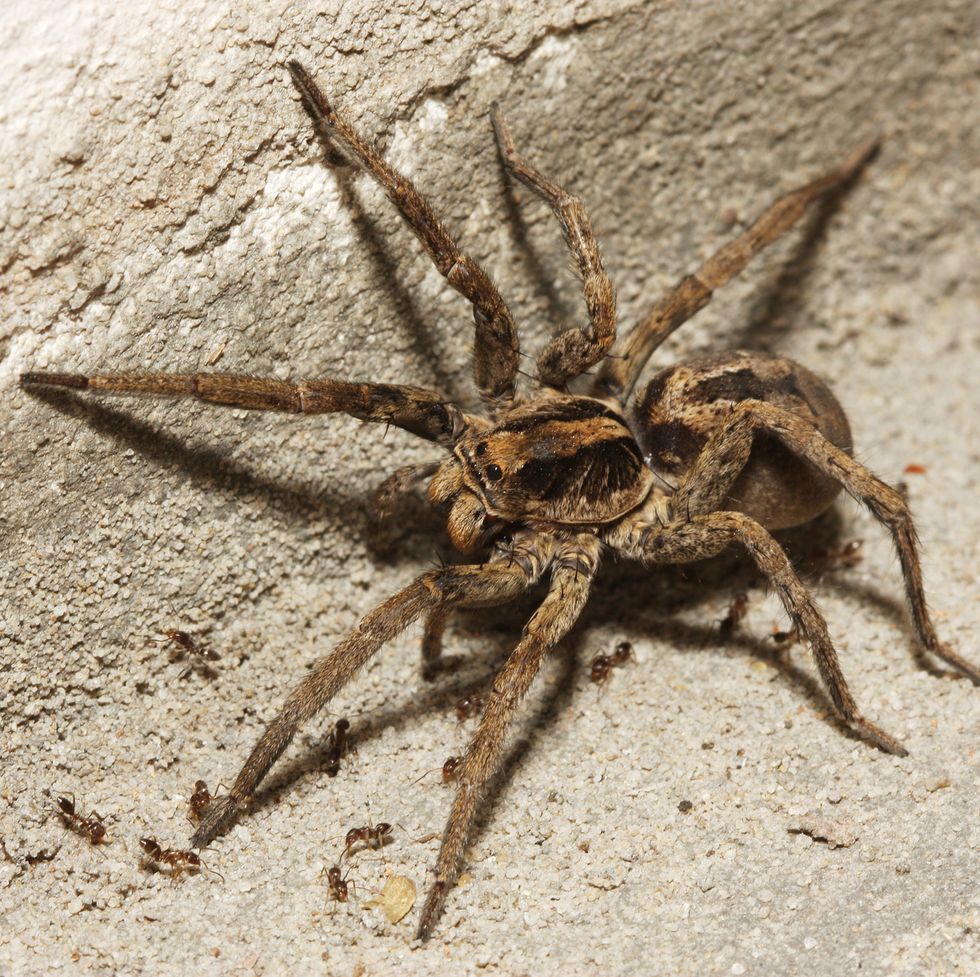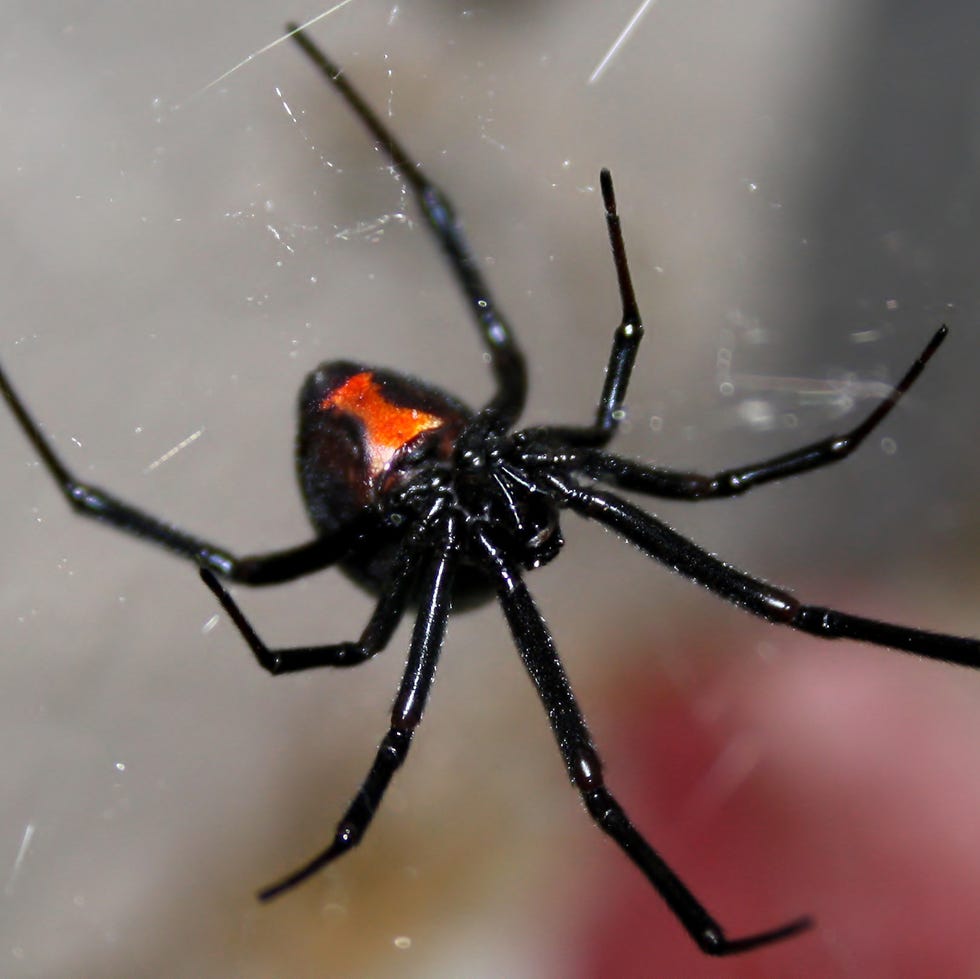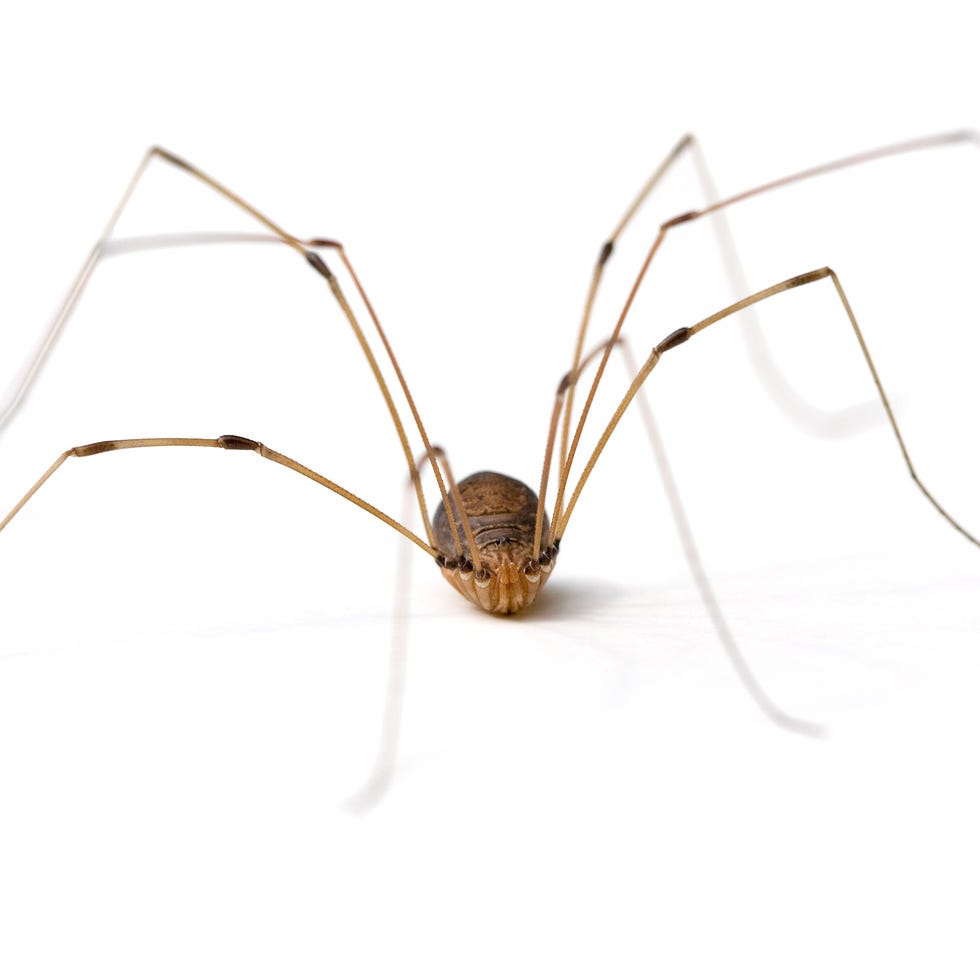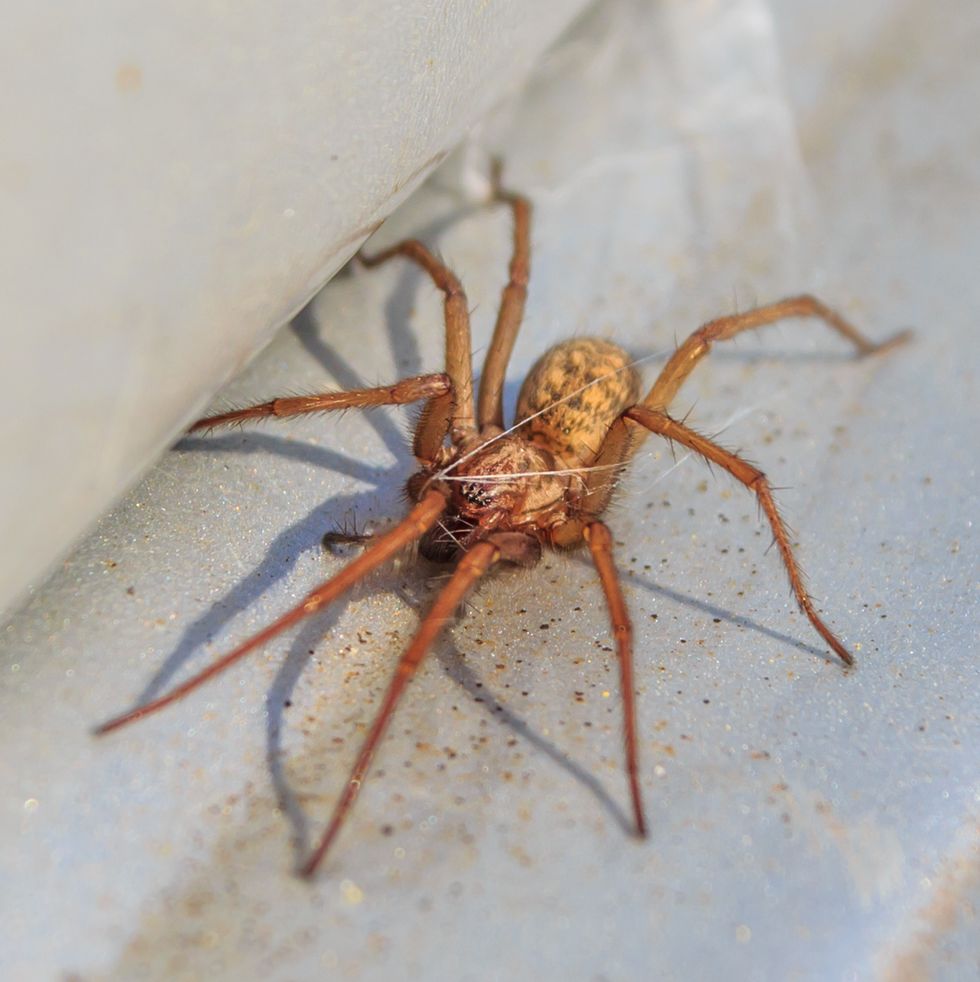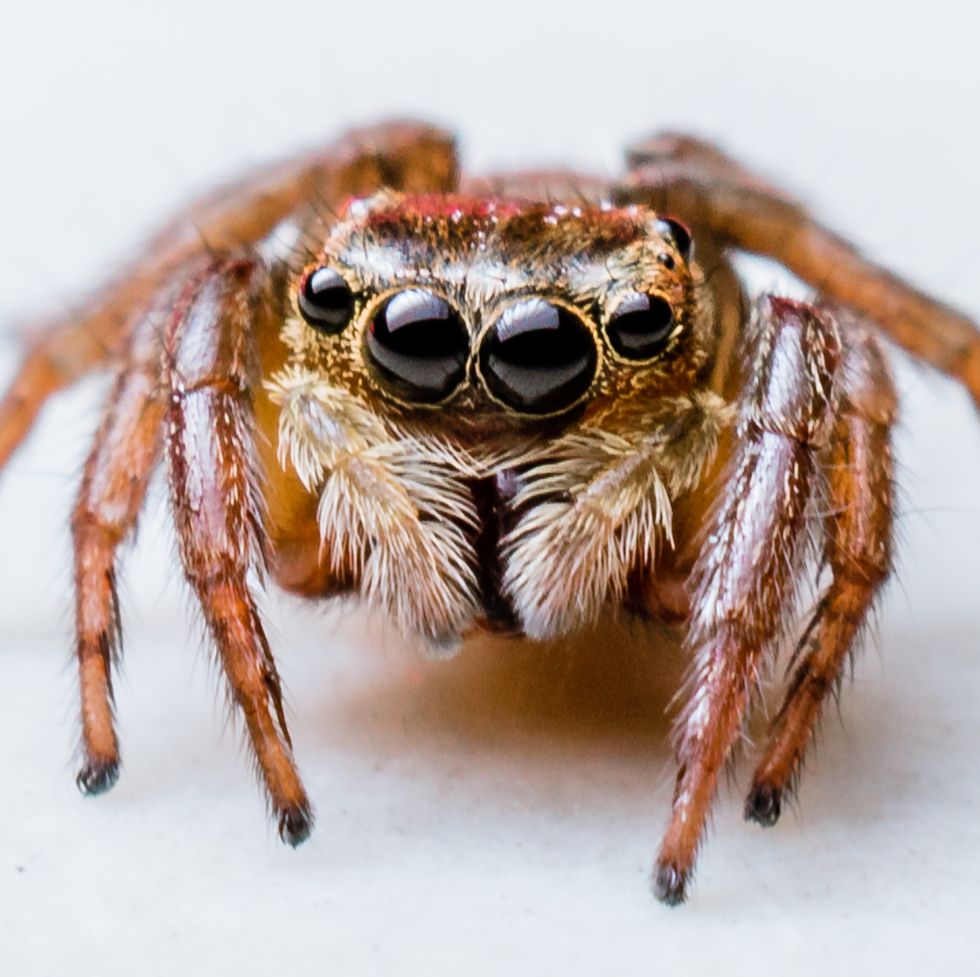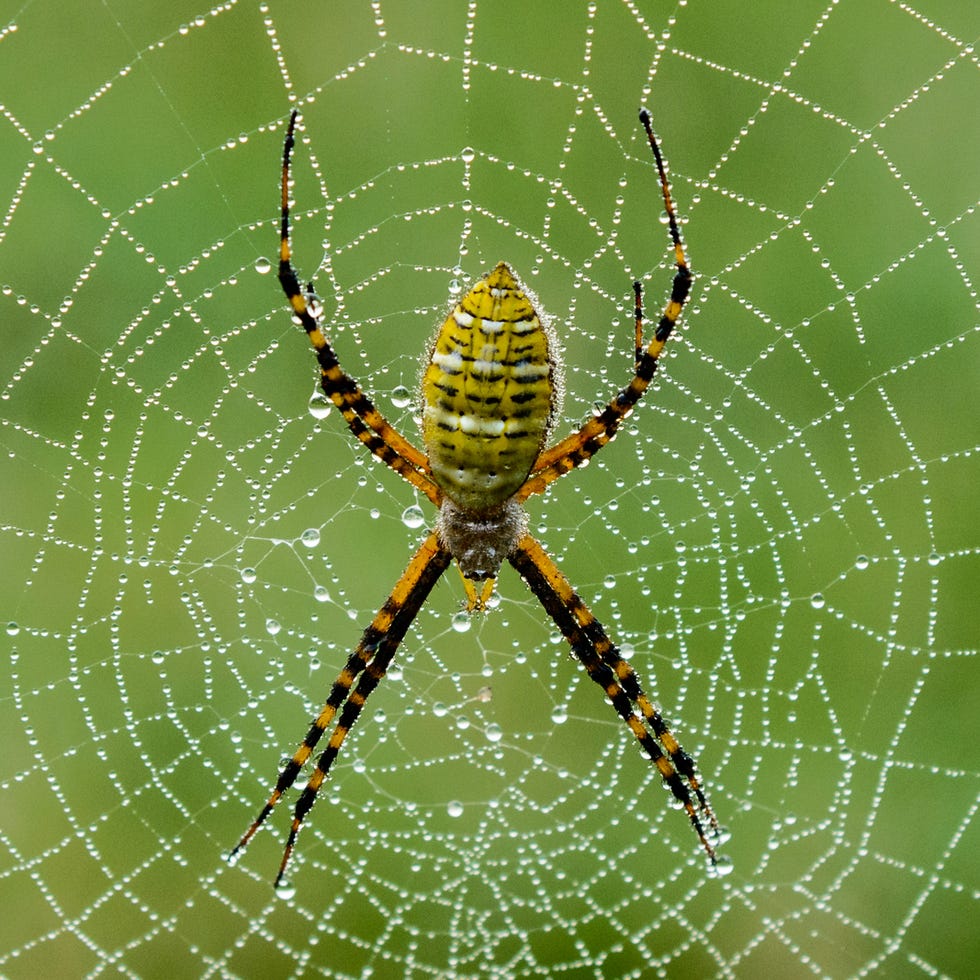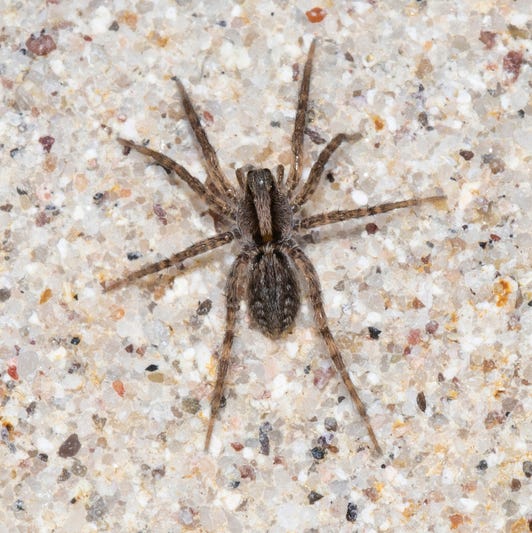10 Common House Spiders and How to Identify Them, According to Entomologists
Bug experts explain the spiders that like to creep indoors and whether or not their bites can harm you.
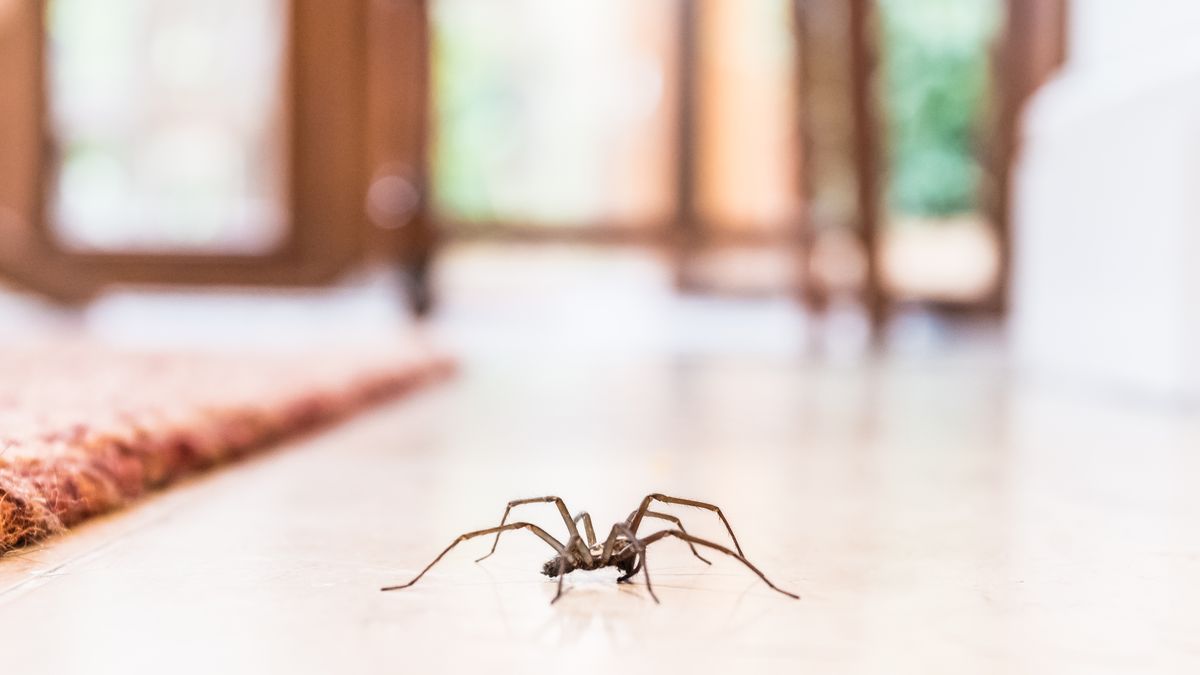
Spotting a spider in your immediate vicinity can be a little intense, especially if you have a major fear of the creepy crawlers. And, when one shows up in your home, it can be downright freaky. With so many kinds of eight-legged bugs running around (nearly 3,000 species in North America alone!), the most common house spiders are bound to pop up in your abode from time to time. And with different species come different levels of concern—which makes learning how to identify the critters important.
Know this: It can actually be a good thing to have spiders around. “The majority of the spiders cause us no harm and are predators of pests,” says entomologist Roberto M. Pereira, Ph.D., an insect research scientist with the University of Florida. Translation: They get rid of other bugs—like roaches, flies, and millipedes—that you also do not want to deal with.
Meet the Experts: Emma Grace Crumbley, entomologist for Mosquito Squad; Roberto M. Pereira, Ph.D., entomologist and insect research scientist with the University of Florida; Marc Potzler, a board-certified entomologist and technical services manager with Ehrlich Pest Control; Howard Russell, an entomologist at Michigan State University.
Still, some can be a little more problematic than others—especially when considering potential spider bites (see: how to treat a spider bite). Here are some of the most common house spiders you might see, how to identify them, and whether they’re potentially harmful.

Shannen Zitz is an Assistant Editor at Prevention, where she covers all things lifestyle, wellness, beauty, and relationships. Previously the Editorial Assistant at Prevention, she graduated from the State University of New York at Cortland with a bachelor's degree in English. If she’s not reading or writing, you can probably find her frequenting the skincare and makeup forums on Reddit or hogging the squat rack at the gym.
Madeleine, Prevention’s assistant editor, has a history with health writing from her experience as an editorial assistant at WebMD, and from her personal research at university. She graduated from the University of Michigan with a degree in biopsychology, cognition, and neuroscience—and she helps strategize for success across Prevention’s social media platforms.

5 Myths About Your Pet’s Health

Study: Hormone Therapy Is Helpful for Menopause

This Patient Had a COVID Infection for Two Years

Comforters to Keep Hot Sleepers Cool All Night
